As far as the mainstream arts sector goes, Indigenous peak bodies may as well not exist. Why?, .
There are hundreds of groups and organisations and even thousands of individual and independent artists across a range of arts forms that are represented by six Indigenous art-form specific peak bodies. These peak bodies work hard to support Indigenous artists who are largely invisible to many presenters, publishers, curators and gallerists – yet they receive little collaboration or consultation with mainstream peak bodies.
The Omission of Indigenous Peak Bodies
Peak bodies represent the interests of unified groups. They can provide leadership around a topic, form special interest groups and offer advice to relevant policy makers like governments and funding bodies.
If Aboriginal and Torres Strait Islander peak bodies continue to be underrepresented, they are absent from key decisions and in turn, the myriad of Indigenous artists whom they serve become invisible.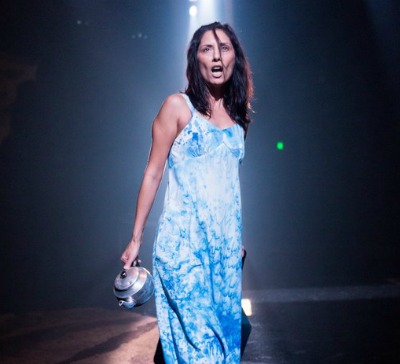 When national campaigns are launched by the Australian arts sector, the absence of Indigenous peak bodies means that our nation’s First Peoples are not playing a role in the overarching change or inception of this landscape and the cultural policy being written for our country sadly lacks an Indigenous perspective.
When national campaigns are launched by the Australian arts sector, the absence of Indigenous peak bodies means that our nation’s First Peoples are not playing a role in the overarching change or inception of this landscape and the cultural policy being written for our country sadly lacks an Indigenous perspective.

'Song, the story of a girl, a bird and a teapot' choreographed by Waiata Telfer (Image: Darren Thomas) Source: BlakDance
“I am so sick of Indigenous peak bodies being omitted from the Australian arts sector,” Donnelly, the Executive Producer of BlakDance, told NITV. “It’s like there’s an erasure of Indigenous arts and culture that’s actually being perpetuated by this omission of our existence.”
We’re talking about a sector which has been around for a long time, but it’s one that the [mainstream] Australian arts sector continues to not engage with
“There are Indigenous peak bodies that have been operational since 1982, so we’re not talking about a new sector here. We’re talking about a sector which has been around for a long time, but it’s one that the [mainstream] Australian arts sector continues to not engage with.”
Donnelly recently wrote an opinion piece titled, ‘Arts sector silence fails Indigenous peak bodies’. She discusses the issue around Indigenous peak bodies' invisibility, how Indigenous peak bodies help Aboriginal and Torres Strait Islander communities, and importantly, how Indigenous peak bodies ensure that there are arts for Indigenous people by Indigenous people. The piece has been shared widely on social media, and has resonated with many in the arts community.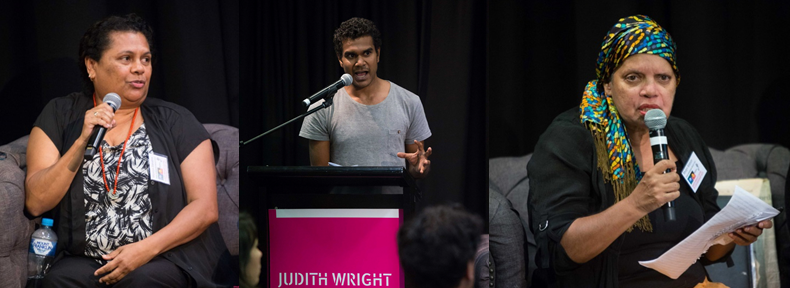

Monica Stevens, Eric Avery and Roslyn Watson; speakers at the BlakDance Dana Waranara Convergence, 2015 (Image: Mick Richards) Source: Facebook
Redistributing Wealth and Power
Despite small-to-medium organisations like BlakDance (Donnelly's Indigenous arts' organisation) being underrepresented and subsequently underdeveloped, the Indigenous contemporary dance sector is huge. Australia has over 60 independent Indigenous choreographers, approximately 200 Indigenous community dance groups and an estimated 10,000 Indigenous cultural dance practitioners.
The success of Bangarra, a very large national organisation, is not enough. A highly acclaimed cultural giant cannot alone service the needs of aspiring and emerging artists in the Indigenous dance sector, which is why small-to-medium organisations like BlakDance, play such a vital role in this popular arts space.
But according to Donnelly, there needs to be more beyond acknowledgement. The resources of Indigenous peak bodies and the skills of their artists need to be used.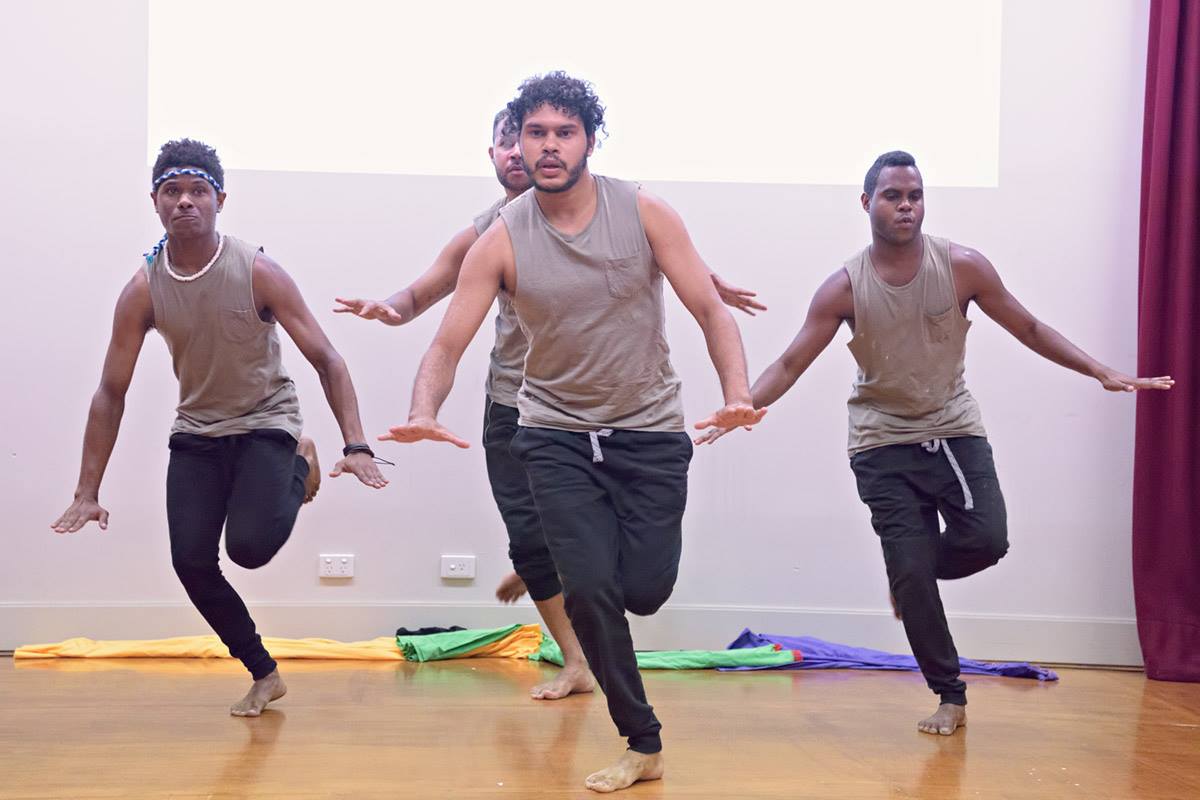 “I think recognition is meaningless unless there’s something attached to it,” Donnelly told NITV. “Recognition is just the start of being able to play a role that has a structural impact across the entire arts sector.
“I think recognition is meaningless unless there’s something attached to it,” Donnelly told NITV. “Recognition is just the start of being able to play a role that has a structural impact across the entire arts sector.

eXcelsior Dance Company at the BlakDance Dana Waranara Convergence, 2015 (Image: Mick Richards) Source: BlakDance
It’s about being a mainstream arts organisation and actively redistributing the wealth and power and understanding that this is done by actively engaging with Indigenous organisations and artists.
“It’s not about just saying, ‘Oh, BlakDance exists, or UMI Arts exist, or First Nations Writers Network exists’. It’s about being a mainstream arts organisation and actively redistributing the wealth and power and understanding that this is done by actively engaging with Indigenous organisations and artists.
“It has to be more than making a work that has Indigenous content, it’s about mainstream organisations saying, ‘We need an Indigenous director and an Indigenous writer or, we need to hand this over to an Indigenous team.’
“It has to be more than making a work that has Indigenous content, it’s about mainstream organisations saying, ‘We need an Indigenous director and an Indigenous writer or, we need to hand this over to an Indigenous team.’"
“It’s about those [mainstream] organisations recognising their privilege and doing something that’s not just a tokenistic attempt to engage. It should be an active redistribution of their wealth and power which is ethical, and has protocol, and it has Indigenous people in key creative roles. I see the peak bodies as brokers in their art forms to enable that.”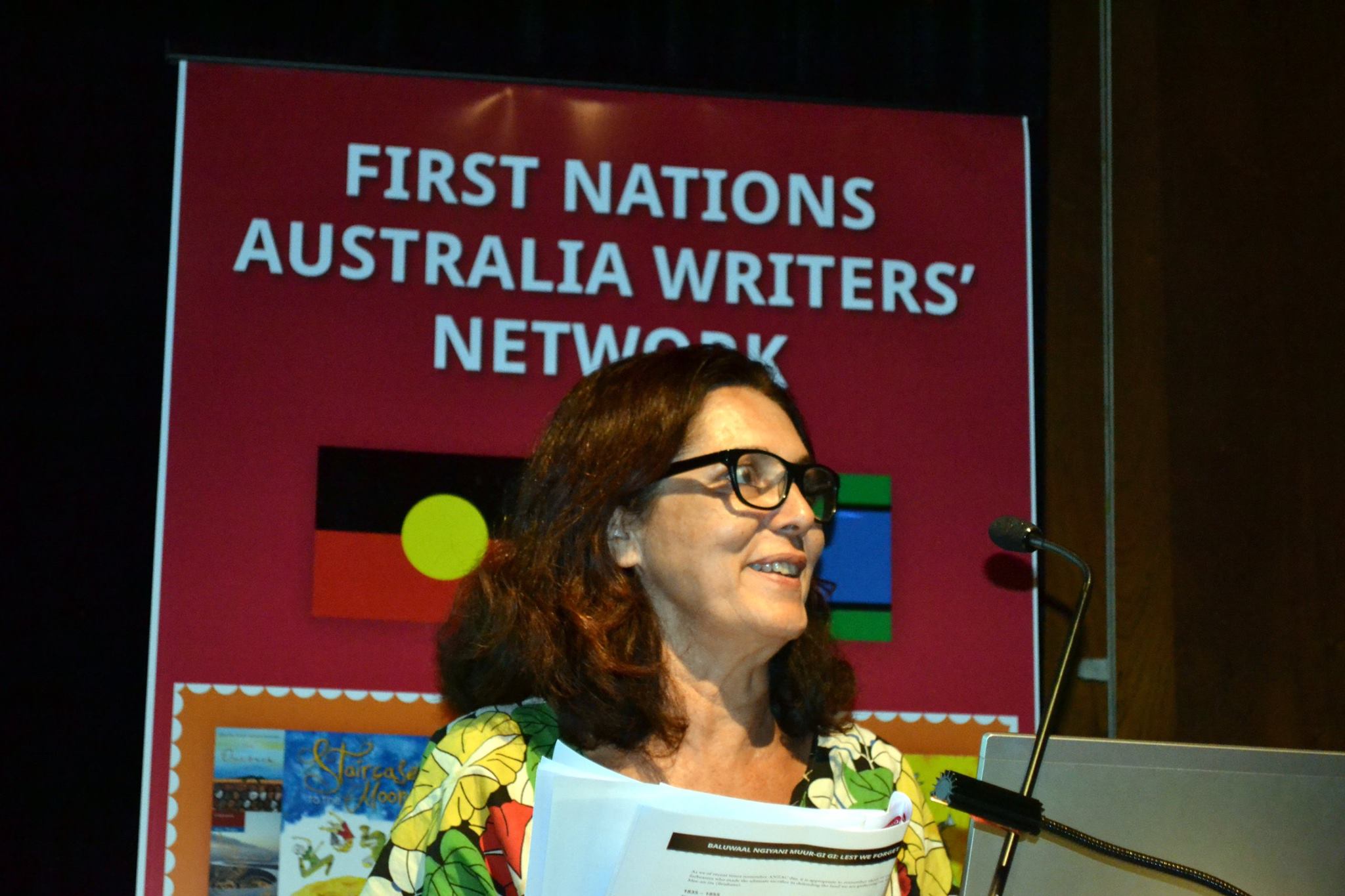

FNAWN Executive Director, Cathy Craigie a Gamilaroi and Anaiwon woman from Northern NSW. (Image: Facebook) Source: Facebook
The Renaissance of Indigenous art
Donnelly acknowledges how Aboriginal and Torres Strait Islander organisations are ‘’ of the Australia Council federal four-year arts funding, being 17 of the 128 arts organisations who received the competitive grant.
“I don’t want to create a dialogue that suggests, ‘you leave us out, but now you’ve got no money and we’ve got money’, but I think we can learn from this shift in the way that arts and culture is being funded,” she says.
“What’s interesting is that those peak bodies that are not Indigenous lost their funding, yet Indigenous peak bodies continued their funding amidst the toughest funding climate that this country has seen in the arts.
We’re seeing a shift in the Australian arts landscape where Aboriginal and Torres Strait Islander organisations are being competitive with the rest of the sector and perhaps there’s more equality in how things are being funded.
“There’s definitely been a focus or you could say, a ‘renaissance’ of contemporary Aboriginal and Torres Strait Islander arts and culture. So we’re seeing a shift in the Australian arts landscape where Aboriginal and Torres Strait Islander organisations are being competitive with the rest of the sector and perhaps there’s more equality in how things are being funded. So, there’s clearly a change in the way that Aboriginal and Torres Strait art is rising to the surface.”
However, it's one thing to fund these organisations, but it's another to invite them to be an active part of the sector; involving them in discussions, events and collaborations.
Engaging with Indigenous Audiences
As many Indigenous arts organisations have received funding over a long period, hopefully their profile will grow and along with productivity - particularly engaging with Indigenous audiences.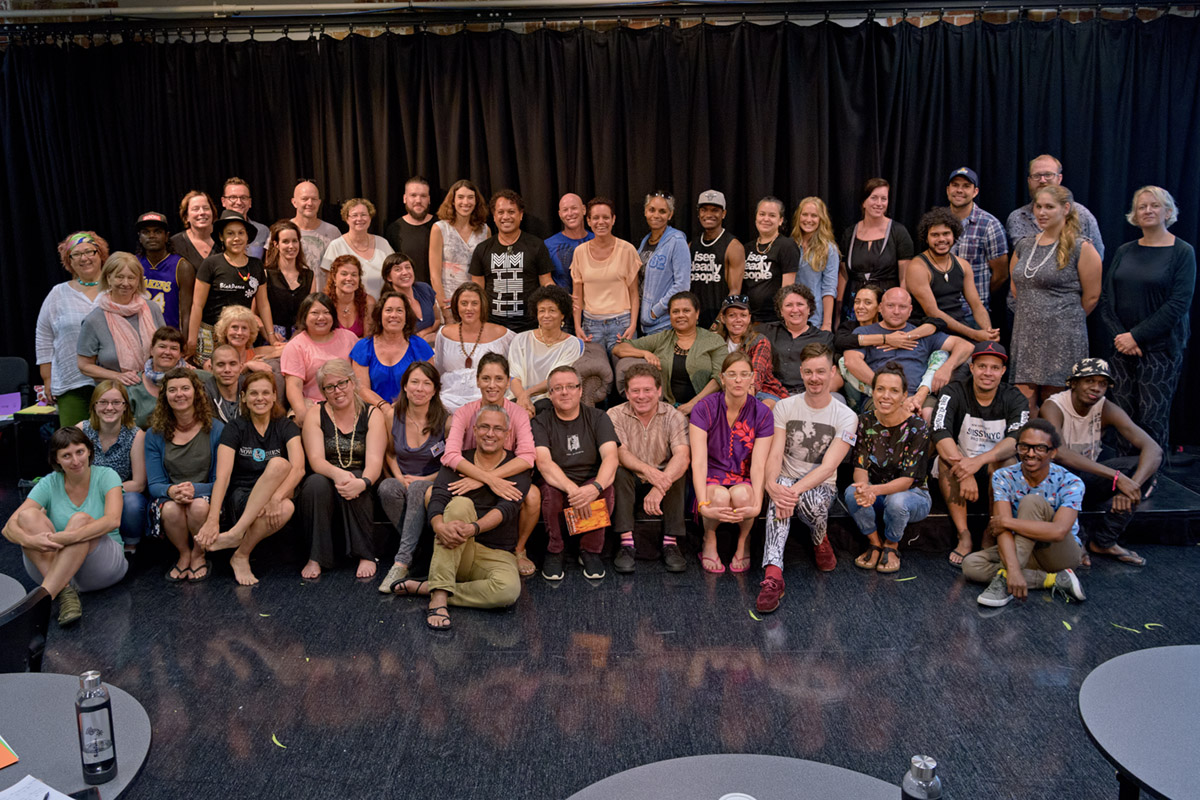 “Part of the issue is that our own mob don’t know who these peak bodies are,” Donnelly says. “I think it’s symptomatic of an Indigenous organisation which has been without significant funding for so long.
“Part of the issue is that our own mob don’t know who these peak bodies are,” Donnelly says. “I think it’s symptomatic of an Indigenous organisation which has been without significant funding for so long.

BlakDance community (Image: Mick Richards) Source: Supplied
“We’re an organisation who are trying to do a lot with a little amount of income. We don’t have the capacity to have a marketing or social media strategy so unfortunately, a lot of our mob don’t know about BlakDance.”
What’s next for Indigenous peak bodies?
Donnelly says over the next four years her organisation, BlakDance will be focusing on the small-to-medium Indigenous contemporary dance sector.
Next year BlakDance aims to host a national Indigenous dance forum that gives people in the sector the opportunity to collaborate with other arts organisations and discuss Indigenous dance from an Indigenous lead convergence.
Executive Producer, Merindah Donnelly welcomes any persons interested in Indigenous contemporary dance to get in touch with her at .
For all the latest Indigenous news, features and video content at NITV like us on and



